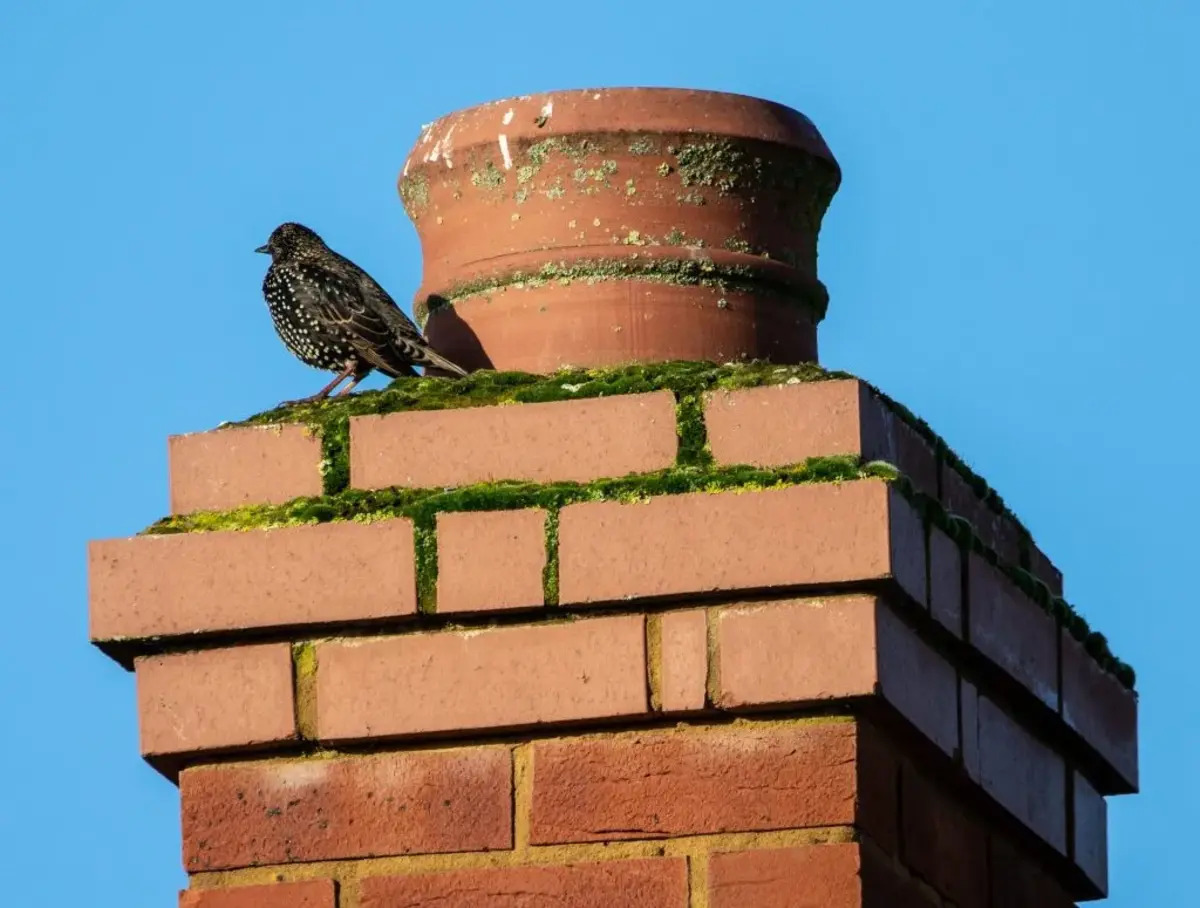

Articles
How To Keep Birds Away From Chimney
Modified: February 24, 2024
Learn effective ways to keep birds away from your chimney with these informative articles. Protect your chimney from damage and ensure proper ventilation.
(Many of the links in this article redirect to a specific reviewed product. Your purchase of these products through affiliate links helps to generate commission for Storables.com, at no extra cost. Learn more)
Introduction
Chimneys are an essential part of many homes, providing ventilation and a means to release smoke and toxic gases produced by fireplaces and heating systems. However, chimneys can also become a nesting ground for birds, causing a range of issues for homeowners. From debris and noise to the potential for blocked flues and chimney fires, it’s important to keep birds away from your chimney to maintain its functionality and prevent costly damages.
In this article, we will explore the significance of deterring birds from nesting in chimneys and provide a comprehensive guide on how to keep them away. Whether you are dealing with persistent pigeons or pesky sparrows, we will discuss effective methods and solutions to ensure your chimney remains bird-free.
Before diving into the various techniques to keep birds away, let’s first understand why it is crucial to address this issue promptly.
Key Takeaways:
- Protect your chimney from bird infestations to prevent blockages, chimney fires, and structural damage. Implement deterrent methods like chimney caps, bird spikes, and visual deterrents to maintain a safe and functional system.
- Seek professional help if bird infestations persist. Professional chimney sweeps and pest control experts can provide tailored solutions, safe nest removal, and long-term prevention strategies, ensuring effective and ethical resolution.
Read more: What To Keep Birds Away From A Patio
Understanding the Importance of Keeping Birds Away from your Chimney
While birds may seem harmless, their presence in your chimney can lead to a range of problems. It is crucial to address this issue promptly to maintain the functionality of your chimney and prevent potential hazards. Here are a few reasons why keeping birds away from your chimney is important:
- Blockages and Reduced Efficiency: Birds can build nests in chimneys, which can obstruct the flue and prevent effective ventilation. This can lead to a buildup of gases such as carbon monoxide, posing a serious health risk to you and your family. Additionally, blockages can hinder the proper flow of smoke and result in poor fireplace performance.
- Chimney Fires: Bird nests consist of twigs, leaves, and other flammable materials. If these nests go unnoticed and a fire is lit in your fireplace, the heat can ignite the nesting materials, potentially causing a chimney fire. Such fires can quickly spread to the rest of your home, leading to extensive damage and endangering lives.
- Structural Damage: Bird droppings contain acidic properties that can corrode chimney linings over time. This can weaken the structure, leading to costly repairs or even chimney collapses. Additionally, birds may peck at chimney caps or other vulnerable areas, further exacerbating the potential for damage.
- Noise and Disturbance: Birds nesting in your chimney can create noise disturbances, especially during their mating season when they become more active and vocal. These sounds can disrupt your peace and tranquility, making it difficult to relax or concentrate in your home.
By understanding the significance of keeping birds away from your chimney, you can take proactive steps to prevent these issues and ensure the longevity and safety of your chimney system.
Common Problems Caused by Birds Nesting in Chimneys
When birds decide to make your chimney their home, it can lead to a variety of problems that can impact both your chimney’s functionality and your overall living environment. Understanding these common issues can help you take appropriate measures to keep birds away. Here are some of the problems caused by birds nesting in chimneys:
- Blockages and Restricted Airflow: One of the most common issues is the accumulation of nesting materials and debris, which can clog the chimney flue. This restricts the proper flow of air, smoke, and gases out of your home, leading to poor ventilation and potential health hazards.
- Chimney Fires: Birds construct their nests using twigs, grass, and other flammable materials. If these nests are left unchecked, they can ignite when the fireplace is in use, causing chimney fires. These fires can quickly spread to other parts of your home, causing extensive damage and putting lives at risk.
- Smoke and Carbon Monoxide Backflow: With the chimney flue blocked, smoke and toxic gases like carbon monoxide can be forced back into your living space instead of being expelled out of the chimney. This can lead to a hazardous environment, with the potential for respiratory issues and carbon monoxide poisoning.
- Damage to Chimney Masonry: Birds can cause harm to the structure of your chimney by dislodging or damaging components such as flue tiles, chimney caps, or dampers. This damage can compromise the integrity of the chimney, leading to leaks, water damage, and the need for costly repairs.
- Unpleasant Odors and Allergens: The accumulation of bird droppings and nesting materials can produce strong odors that permeate the chimney and your home. These odors are not only unpleasant but can also attract insects and rodents. Furthermore, bird droppings can contain bacteria, fungi, and allergens that can negatively impact indoor air quality.
- Noise and Disturbance: Birds nesting in chimneys can be noisy, particularly during the nesting and mating season. The constant chirping, fluttering, and scratching sounds can disrupt your peace and tranquility, making it difficult to enjoy your home.
By being aware of these common problems caused by birds nesting in chimneys, you can take appropriate steps to prevent them and maintain the safety and functionality of your chimney.
Identifying Bird Species that Typically Nest in Chimneys
When it comes to keeping birds away from your chimney, it’s helpful to know which bird species are prone to nesting in chimneys. By identifying the specific bird species that commonly choose chimneys as their nesting sites, you can better understand their behavior and implement effective prevention strategies. Here are some bird species that typically nest in chimneys:
- House Sparrow: House sparrows are small, social birds that are known for their ability to adapt to various environments, including urban areas. They often build their nests in small crevices, including chimney flues.
- European Starling: European starlings are medium-sized birds known for their distinctive black plumage with speckled spots. They are highly adaptable and are notorious for nesting in cavities, making chimneys an attractive option for them.
- Pigeon: Pigeons, also known as rock doves, are larger birds that are commonly found in and around urban areas. They are known for their ability to nest on ledges, including chimney caps and pots.
- Swift: Swifts are small, aerial birds that nest in cliffs and other high structures. They have been known to choose chimneys as their nesting sites, taking advantage of the vertical space they provide.
- Chimney Swift: As the name suggests, chimney swifts are a particular species that are adapted to nesting in chimneys. They are highly skilled flyers, known for their ability to cling to vertical surfaces.
Identifying the bird species that tend to nest in chimneys is key in developing a targeted approach for keeping them away. Each species may require different tactics to deter them effectively, so understanding their nesting behavior will inform the best course of action.
Note: It is important to consult local bird conservation guidelines before implementing any deterrent method, as some bird species may be protected by law in certain areas.
Step-by-Step Guide to Keep Birds Away from Chimney
If you’re dealing with birds nesting in your chimney, it’s essential to take action to prevent further issues. Here is a step-by-step guide to help you keep birds away from your chimney:
- Inspect and Clean: Start by inspecting your chimney for any existing nests or obstructions. Use a flashlight to check the interior and exterior of the chimney. If you find a nest, be cautious and avoid touching it, as it may contain parasites or other harmful substances. Once the inspection is complete, clean out any debris or nesting materials.
- Install a Chimney Cap: A chimney cap is a mesh covering that fits over the top opening of your chimney. It acts as a barrier, preventing birds from entering and nesting in the chimney. Ensure the chimney cap you choose has a fine mesh to prevent smaller birds from accessing the chimney.
- Utilize Bird Spikes: Bird spikes are an effective deterrent that can be installed on ledges, chimney pots, or other surfaces where birds tend to land. The spikes make it uncomfortable for birds to perch, discouraging them from choosing your chimney as a nesting site.
- Create Visual Deterrents: Visual deterrents like reflective tape, scare balloons, or owl decoys can fool birds into thinking a predator is present, making them less likely to approach your chimney. Move these deterrents occasionally to maintain their effectiveness.
- Use Bird Repellent Products: Several bird repellent products are available in the market, including sprays and gels. These products emit odors or tastes that are unpleasant to birds, deterring them from nesting in your chimney. Ensure the products you use are safe for both birds and humans.
- Seek Professional Help: If the bird infestation persists or if you are unsure about handling the problem on your own, it’s advisable to seek professional help. Pest control experts or chimney sweeps have specialized knowledge and experience in dealing with bird-related issues and can provide effective solutions.
Remember, it’s important to follow local bird protection laws and regulations when implementing deterrent methods. Some bird species may be protected, and it’s essential to ensure your actions align with conservation guidelines.
By following these steps and implementing suitable deterrent strategies, you can successfully keep birds away from your chimney and maintain a safe and functional chimney system.
Read more: How To Fix Chimney Pulling Away From House
Option 1: Installing a Chimney Cap
One of the most effective and common methods to keep birds away from your chimney is by installing a chimney cap. A chimney cap is a protective cover that fits over the top opening of your chimney, acting as a barrier to prevent birds from entering and nesting. Here’s how you can go about installing a chimney cap:
- Measure your chimney: Start by measuring the dimensions of your chimney. This will help you choose the right-sized chimney cap. Take note of the length, width, and height of the chimney’s top opening.
- Select the appropriate chimney cap: There are various types of chimney caps available, including mesh caps, multi-flue caps, and decorative caps. Choose a cap that suits your chimney’s design and offers a fine mesh to prevent smaller birds from entering.
- Prepare the chimney: Clean any existing debris or nesting materials from the chimney. Ensure that the top of the chimney is clear and free from any obstructions.
- Install the chimney cap: Place the chimney cap over the top of the chimney. Make sure it is centered and level. Depending on the type of chimney cap you have, there may be screws or brackets that need to be securely attached to hold the cap in place.
- Secure the chimney cap: Once the cap is in position, ensure it is properly secured to prevent it from shifting or falling off. Follow the manufacturer’s instructions to secure it tightly and securely.
- Regular maintenance: It is essential to regularly inspect and clean the chimney cap. Remove any debris, leaves, or twigs that may accumulate on or around the cap. This will ensure its continued effectiveness in keeping birds away.
Installing a chimney cap not only keeps birds out but also helps prevent debris and rainwater from entering your chimney. It provides added protection against damage, blockages, and potential hazards.
If you are unsure about installing a chimney cap or need assistance, it is recommended to consult a professional chimney service provider. They can guide you through the process and ensure that the chimney cap is installed correctly.
By installing a chimney cap, you can effectively deter birds from nesting in your chimney and maintain a safe and functional chimney system.
Install a chimney cap with a mesh screen to keep birds and other animals from entering the chimney. This will also prevent debris from accumulating and causing blockages.
Option 2: Utilizing Bird Spikes
Another effective method to keep birds away from your chimney is by utilizing bird spikes. Bird spikes are physical deterrents that can be installed on ledges, chimney pots, or other surfaces where birds tend to land or perch.
Here’s a step-by-step guide on how to utilize bird spikes:
- Identify the areas: First, identify the areas where birds frequently land or perch on your chimney. These are typically ledges or protruding surfaces that provide a convenient spot for birds to nest or roost.
- Choose the appropriate bird spikes: There are different types of bird spikes available, ranging from plastic spikes to stainless steel or polycarbonate spikes. Consider the size and location of the area where you plan to install the spikes, as well as aesthetic considerations.
- Clean the surface: Before installing the spikes, clean the surface thoroughly to ensure optimal adhesion. Remove any dirt, debris, or bird droppings that may interfere with the installation process.
- Apply adhesive: Apply a high-quality adhesive to the base of the bird spikes. Ensure that the adhesive is appropriate for the type of surface you are working with, such as masonry, metal, or plastic.
- Install the bird spikes: Carefully place the bird spikes onto the selected areas, pressing them firmly into the adhesive. Ensure that the spikes are evenly spaced and properly aligned to cover the entire surface where birds tend to land.
- Secure the spikes: Allow the adhesive to dry completely, following the manufacturer’s instructions. This will ensure a strong and secure attachment of the bird spikes. Regularly check for any loose or damaged spikes and replace them as needed.
Bird spikes are a humane and effective way to discourage birds from perching on your chimney. They create an uncomfortable landing surface for birds, preventing them from nesting or roosting in the area.
It’s important to note that bird spikes should be installed in accordance with local regulations and bird protection laws. Some bird species may be protected and require alternative deterrent methods.
If you are unsure about installing bird spikes or need guidance, consider consulting a professional pest control expert or chimney service provider. They can offer advice and assistance to ensure proper installation and compliance with regulations.
By utilizing bird spikes, you can effectively deter birds from landing on your chimney and reduce the likelihood of nesting or roosting.
Option 3: Creating Visual Deterrents
Creating visual deterrents is another effective method to keep birds away from your chimney. These deterrents rely on visual cues that mimic predators or create an environment that birds find unappealing. Here’s how you can create visual deterrents:
- Reflective tape: Attach strips of reflective tape around your chimney, especially near potential nesting areas. The sunlight will reflect off the tape, creating movement and flashes of light that can deter birds from approaching.
- Scare balloons: Hang scare balloons near your chimney to create a visual deterrent. These balloons are designed to resemble predatory birds or have large, intimidating eye patterns. The movement and appearance of the balloons can discourage birds from nesting or perching near your chimney.
- Owl decoys: Place realistic-looking owl decoys near your chimney. owls are natural predators of many bird species, so their presence can deter birds from approaching. Make sure to move the decoys occasionally to maintain their effectiveness.
- Holographic predators: Use holographic images of predators, such as hawk or falcon silhouettes, and attach them to windows or chimney caps. The movement and reflective nature of these images can create an intimidating effect and deter birds from coming near your chimney.
- Wind chimes: Hang wind chimes near your chimney to create noise and movement. The sounds produced by the wind chimes can disturb and deter birds from nesting or perching in the vicinity.
It’s important to note that visual deterrents may lose effectiveness over time as birds adapt to their presence. For better results, combine different types of visual deterrents or periodically change their location to keep the birds guessing.
When utilizing visual deterrents, consider your surroundings and ensure they are properly secured. Avoid placing anything that could pose a hazard or damage nearby structures.
While visual deterrents can be effective in deterring birds from your chimney, they may not always work with every bird species. Additionally, these methods should be used in compliance with local bird protection laws and regulations.
If you are unsure about which visual deterrents to use or need assistance, consulting a professional pest control expert or bird control specialist can provide valuable guidance.
By creating visual deterrents, you can effectively discourage birds from nesting or perching near your chimney, maintaining a bird-free environment.
Option 4: Using Bird Repellent Products
Using bird repellent products is another effective method to keep birds away from your chimney. These products emit odors or tastes that are unpleasant to birds, deterring them from nesting or perching in the area. Here’s how you can utilize bird repellent products:
- Spray repellents: Spray repellents can be applied directly onto the surfaces near your chimney that birds tend to frequent. These repellents emit strong odors that birds find unpleasant, discouraging them from approaching or nesting. Ensure that the spray repellent you choose is safe for both birds and humans.
- Gel repellents: Gel repellents can be applied to ledges, chimney caps, or other areas where birds typically perch or land. These repellents create an uncomfortable, sticky surface that birds dislike. Gel repellents are long-lasting and weather-resistant, providing extended protection against bird infestations.
- Ultrasonic repellers: Ultrasonic repellers emit high-frequency sounds that are inaudible to humans but irritating to birds. These repellers can be installed near your chimney or in the surrounding area to create an environment that birds find uncomfortable and discouraging.
- Taste aversion products: Some taste aversion products can be applied to surfaces near your chimney. These products have a bitter or unpleasant taste that birds dislike. When birds attempt to perch or land on treated areas, they will be deterred by the taste, encouraging them to seek alternative nesting sites.
- Motion-activated repellents: Motion-activated repellents use sensors to detect bird movement and trigger a response. This can include emitting a sudden burst of water, a noise, or a flash of light. These unexpected stimuli startle birds and create a negative association, effectively keeping them away.
When applying bird repellent products, follow the manufacturer’s instructions and use products that are safe for both birds and the environment. It’s important to regularly reapply repellents as needed, especially after rain or heavy wind that may wash away or degrade the product.
Remember to consider the specific bird species you are dealing with, as some species may become habituated to certain repellents over time. Combining different types of repellents or periodically changing them can help maintain their effectiveness.
Before using any bird repellent products, ensure they comply with local regulations and bird protection laws.
If you are uncertain about which bird repellent products to use or how to best apply them, consulting a professional bird control specialist or pest control expert can provide valuable advice and assistance.
By using bird repellent products, you can effectively deter birds from nesting or perching near your chimney, maintaining a bird-free environment.
Read more: How To Keep Dog Away From Fence
Option 5: Seeking Professional Help
If you have tried various methods to keep birds away from your chimney without success, or if you are unsure about handling the issue on your own, seeking professional help is a viable option. Professional chimney sweeps or pest control experts have the knowledge, experience, and specialized tools to effectively deal with bird-related issues. Here’s how seeking professional help can benefit you:
- Expert assessment: Professionals can conduct a thorough assessment of your chimney and determine the extent of the bird infestation. They can identify any existing nests, blockages, or potential entry points that need to be addressed.
- Tailored solutions: Professionals can provide customized solutions based on your specific bird infestation problem and the particular bird species involved. They can recommend and implement effective deterrent methods based on their expertise and local regulations.
- Safe removal of nests: Professionals have the training and equipment needed to safely remove bird nests and debris from your chimney. They can ensure that the removal process does not cause any harm to the birds or cause further damage to your chimney.
- Professional-grade deterrents: Professionals have access to a wide range of bird deterrent products that may not be readily available to the general public. These professional-grade deterrents may offer enhanced effectiveness in deterring birds from your chimney.
- Long-term prevention: Professionals can provide guidance on long-term prevention strategies to keep birds away from your chimney. This may include installing chimney caps, bird spikes, or other measures that can minimize the likelihood of future bird infestations.
- Compliance with regulations: Professionals are well-versed in local bird protection laws and regulations. They can ensure that the methods used to deter birds from your chimney align with these regulations, protecting both the birds and your legal obligations.
By seeking professional help, you can save time, effort, and resources while ensuring that the bird-related issues with your chimney are effectively and ethically resolved.
When choosing a professional chimney sweep or pest control expert, make sure to select licensed and experienced professionals. Ask for recommendations from friends or do thorough research to ensure you are working with reputable professionals who prioritize effective and humane methods.
Remember that prevention is key, so even after seeking professional help, it’s important to implement appropriate preventive measures to keep birds away from your chimney in the long term.
Conclusion
Dealing with birds nesting in your chimney can be a frustrating and potentially hazardous problem. However, by taking proactive measures and implementing effective deterrent strategies, you can keep birds away from your chimney and maintain a safe and functional system.
In this article, we explored the importance of keeping birds away from your chimney, the common problems caused by bird infestations, and identified bird species that typically nest in chimneys. We provided a comprehensive step-by-step guide, outlining five options for keeping birds away:
- Installing a chimney cap to create a physical barrier.
- Utilizing bird spikes to create an uncomfortable landing surface.
- Creating visual deterrents to mimic predators or create an unappealing environment.
- Using bird repellent products to emit odors or tastes that birds find unpleasant.
- Seeking professional help from chimney sweeps or pest control experts.
Each option offers its own benefits and considerations, and it’s important to choose the method that works best for your specific situation.
Remember to always consider local bird protection laws and regulations when implementing any deterrent methods. Some bird species may be protected, and it’s crucial to ensure your actions align with conservation guidelines.
By following the steps outlined in this article and seeking professional assistance when needed, you can effectively keep birds away from your chimney, preventing blockages, structural damage, chimney fires, and other potentially costly and dangerous issues.
Take action today to create a bird-free environment for your chimney and enjoy a safe and functional system for years to come.
Frequently Asked Questions about How To Keep Birds Away From Chimney
Was this page helpful?
At Storables.com, we guarantee accurate and reliable information. Our content, validated by Expert Board Contributors, is crafted following stringent Editorial Policies. We're committed to providing you with well-researched, expert-backed insights for all your informational needs.
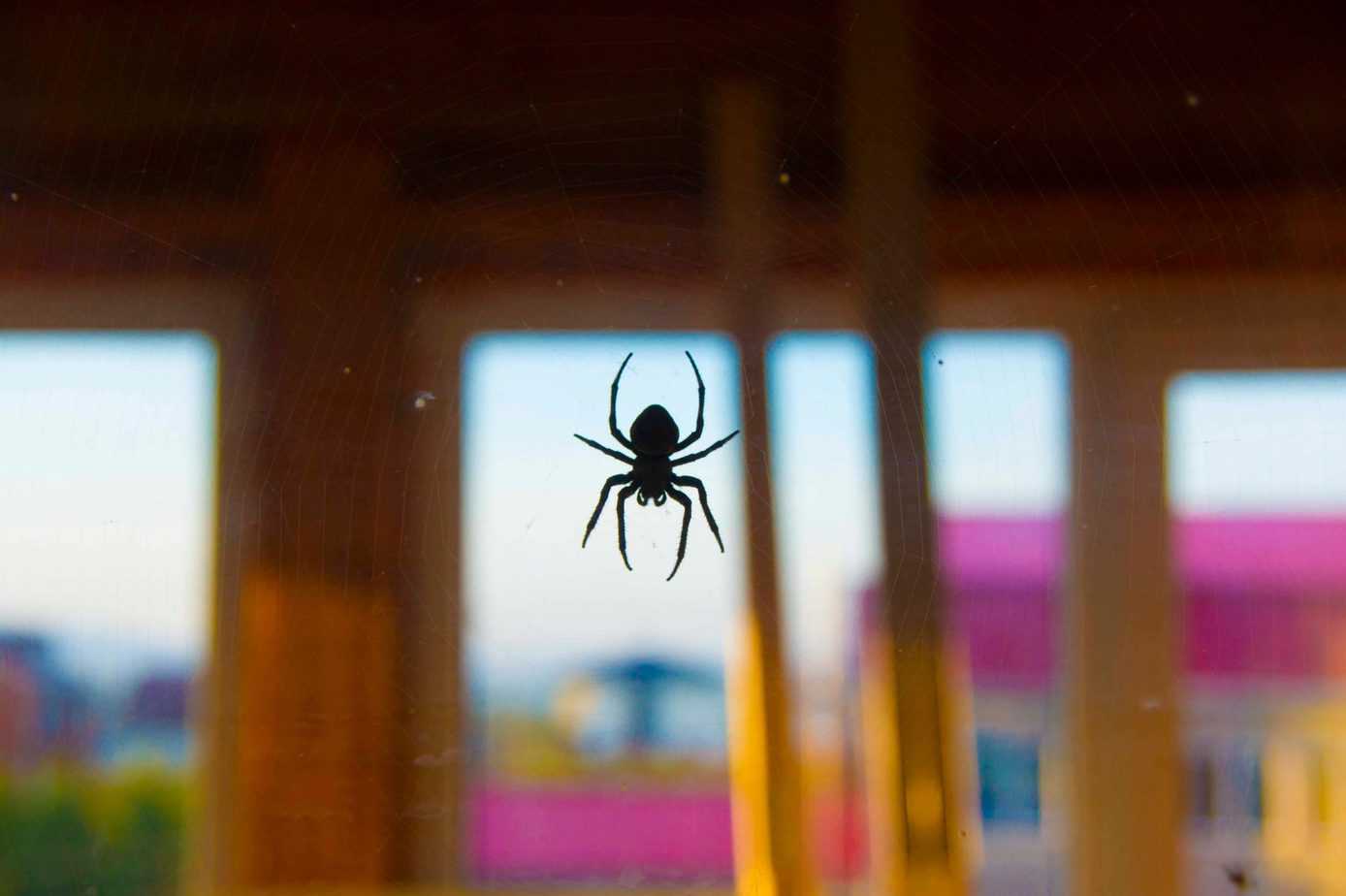
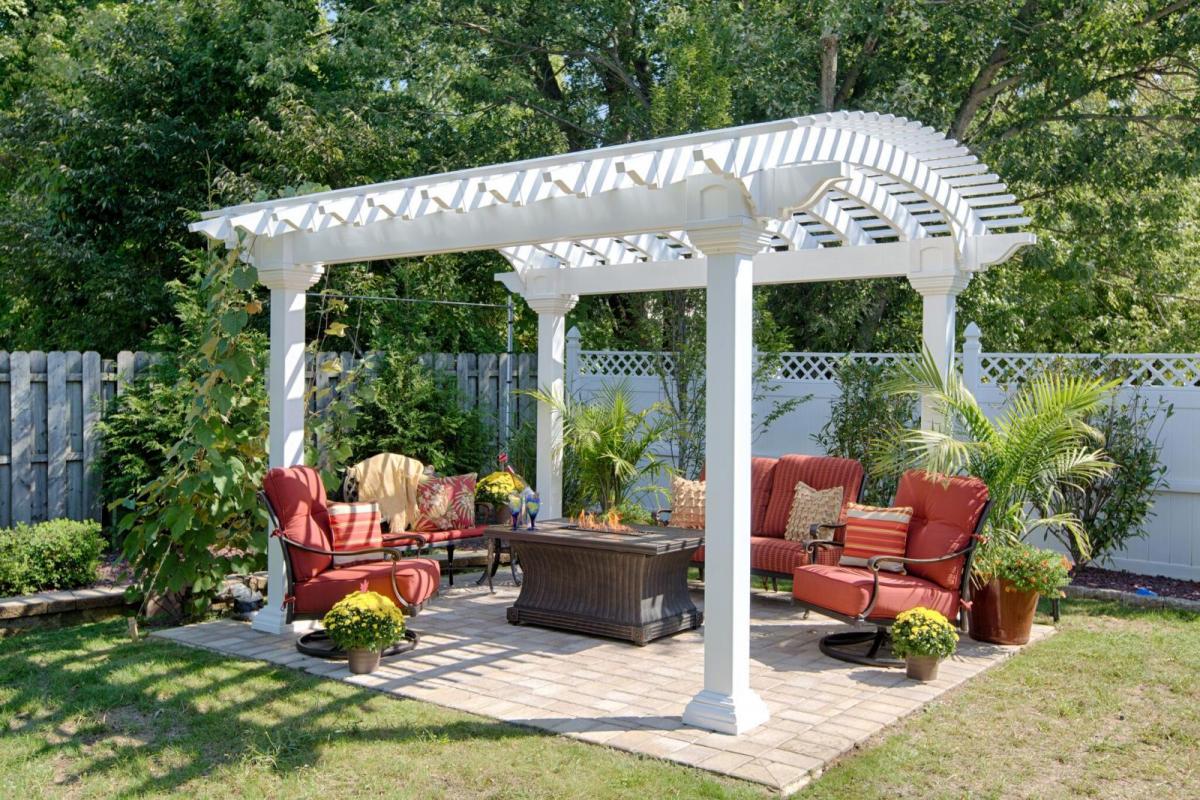
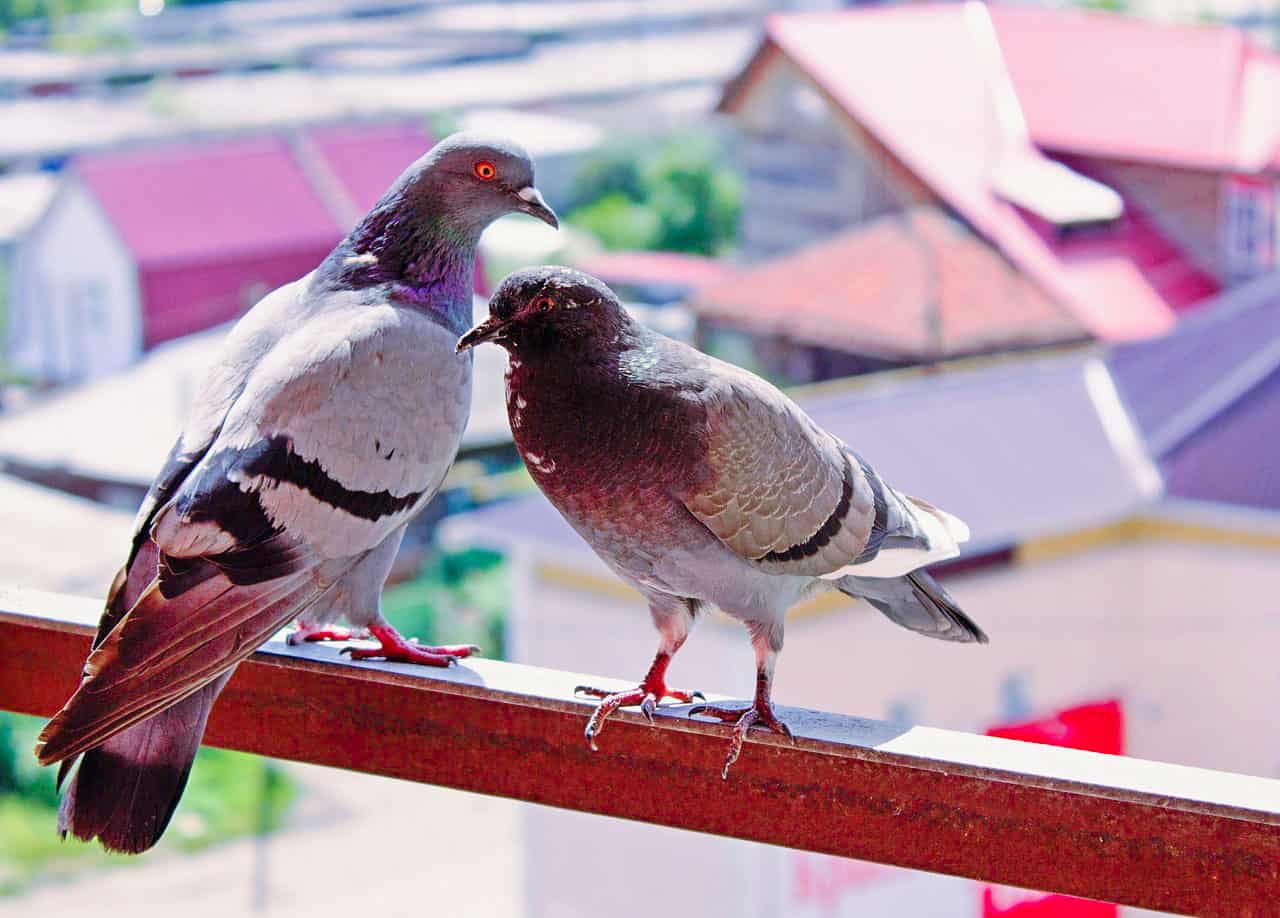
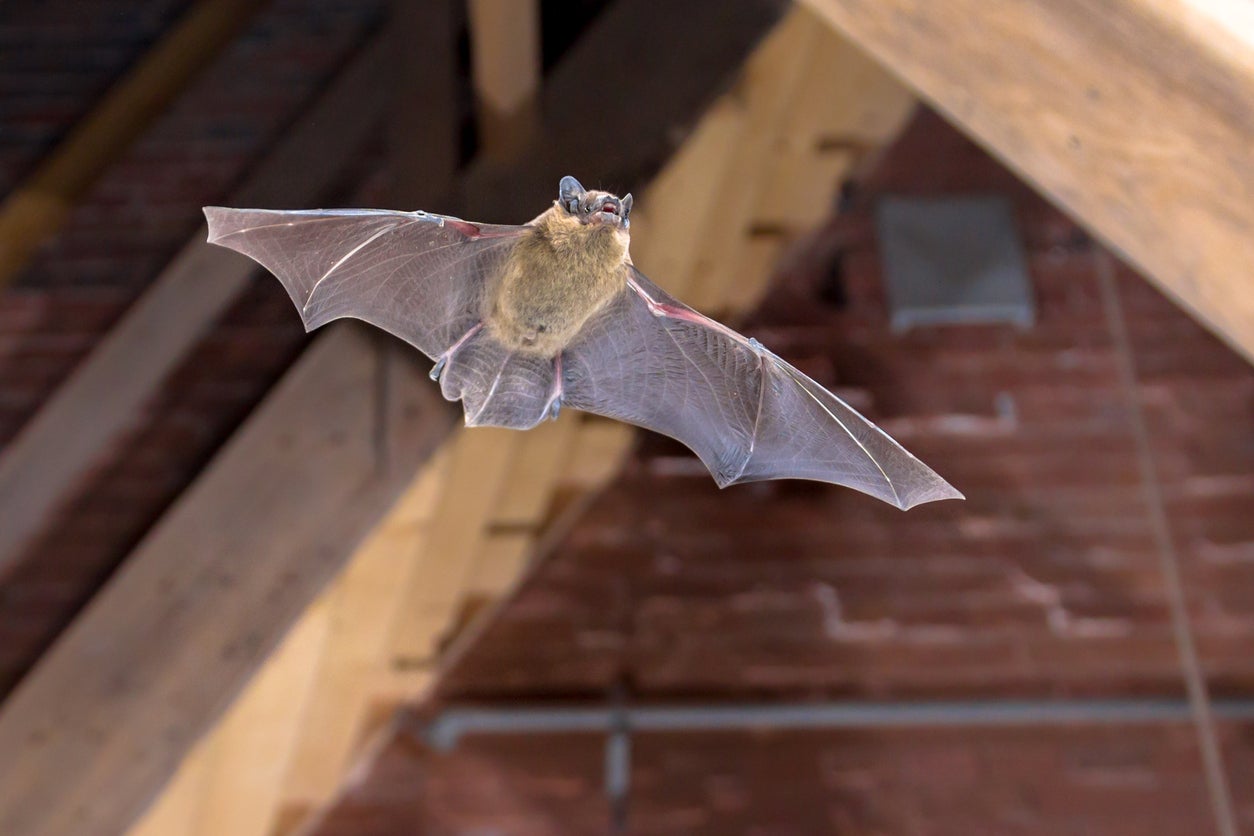
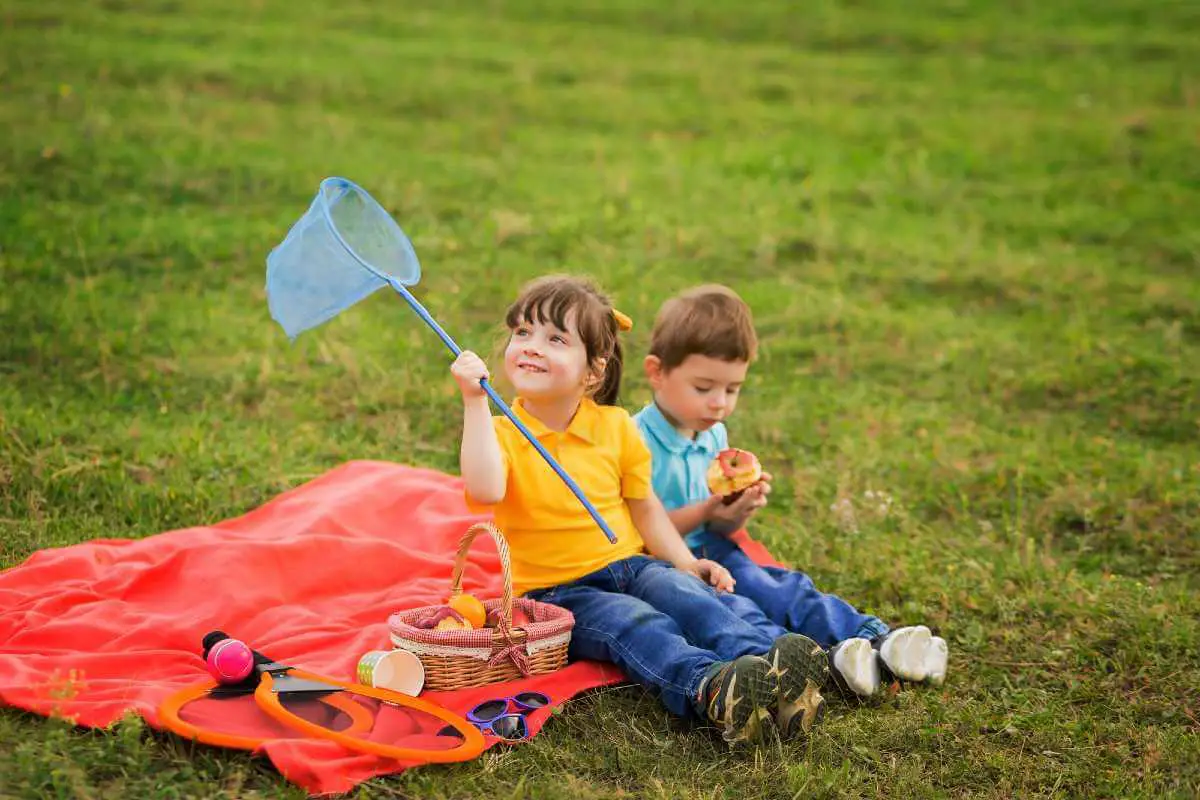
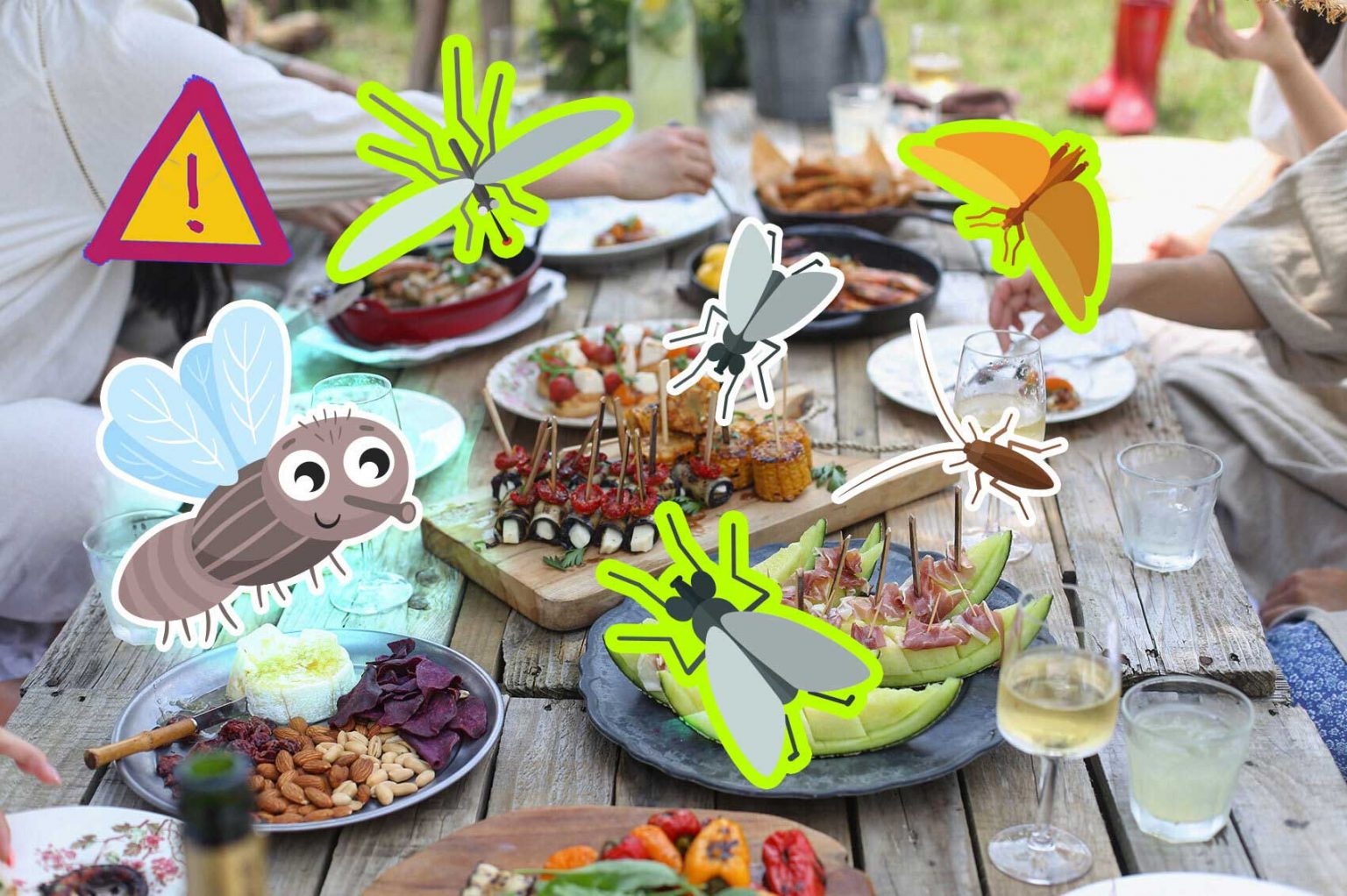
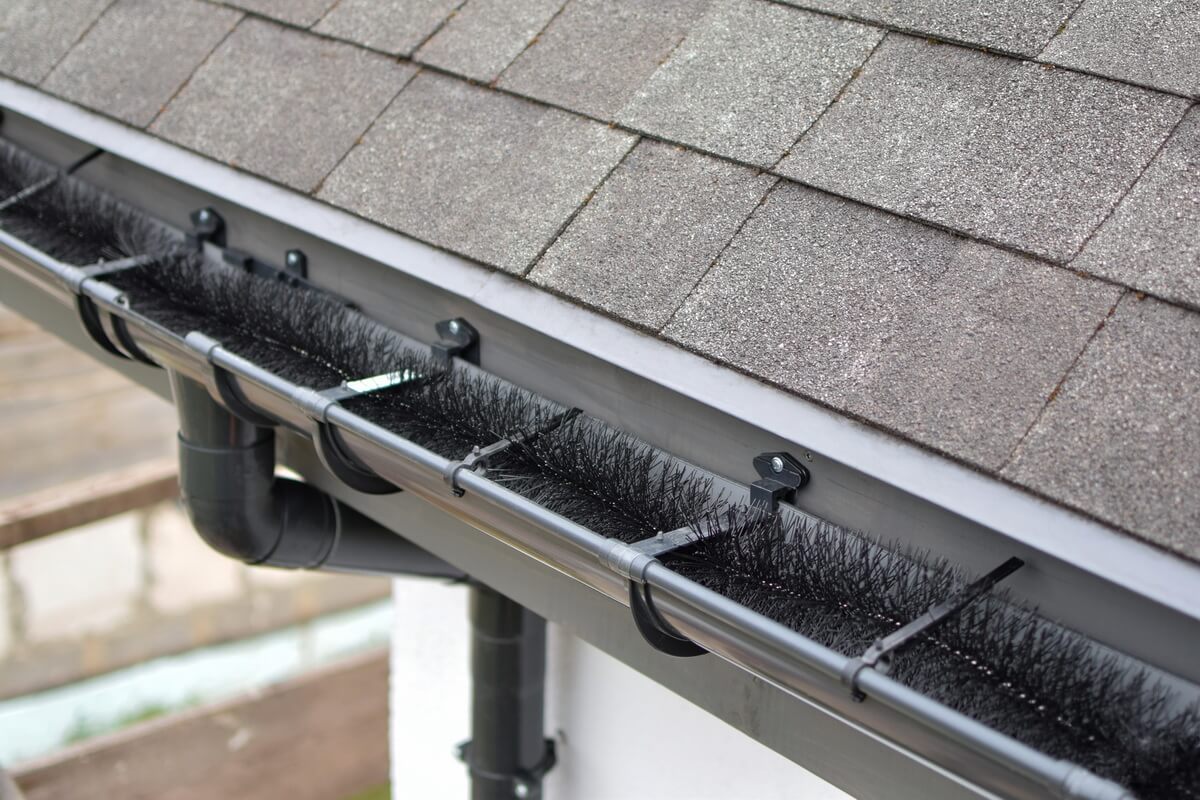
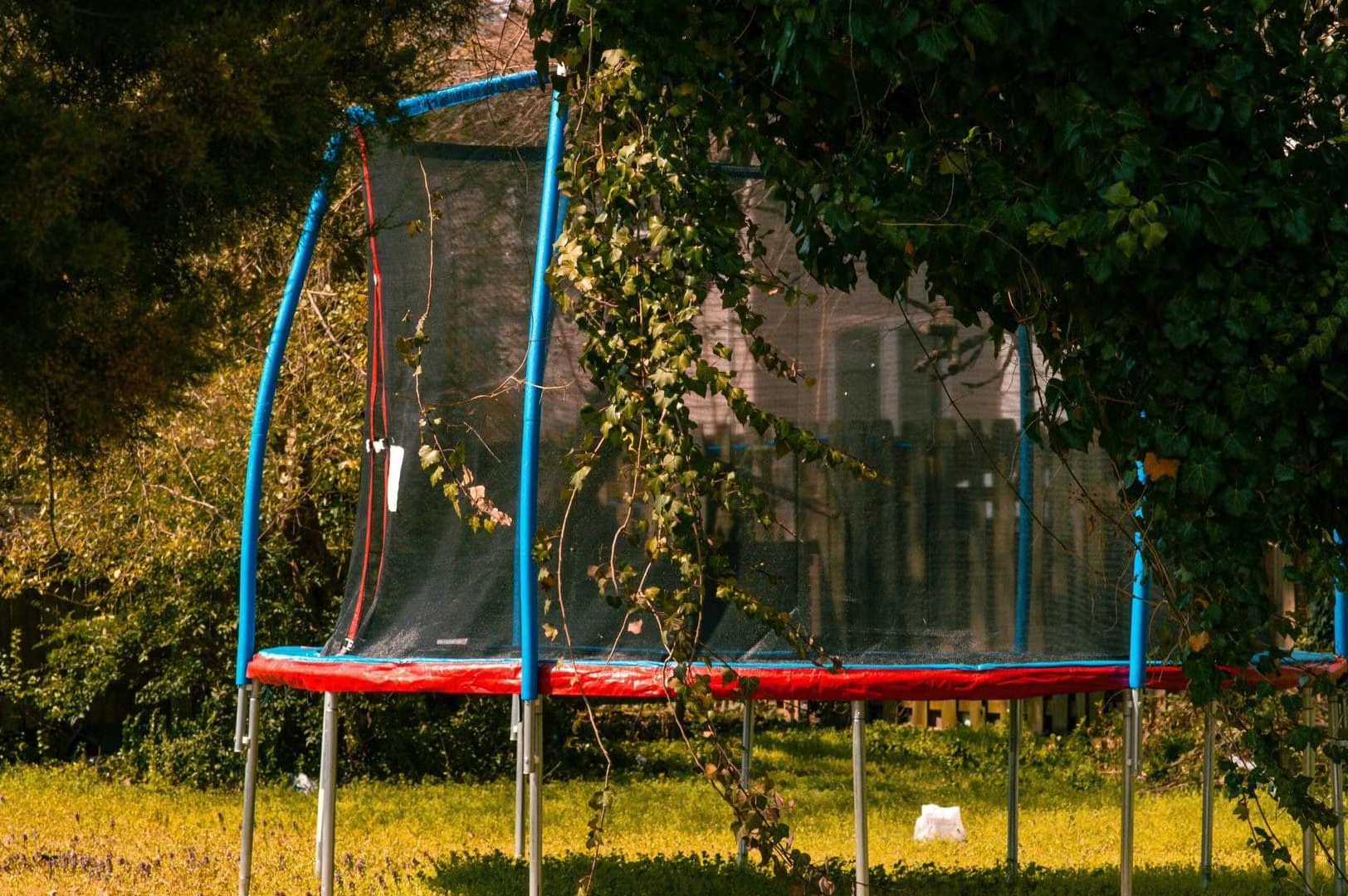
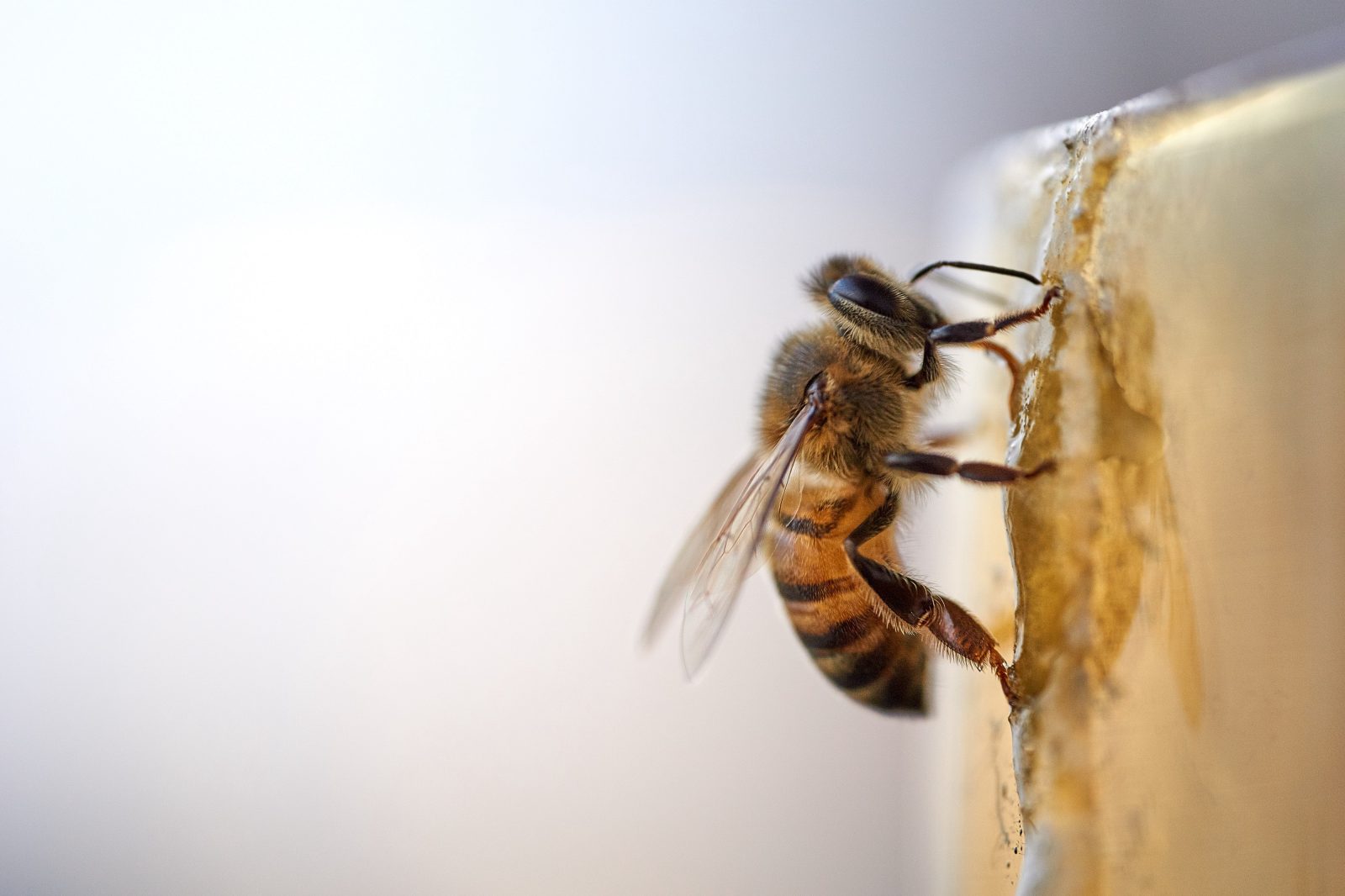
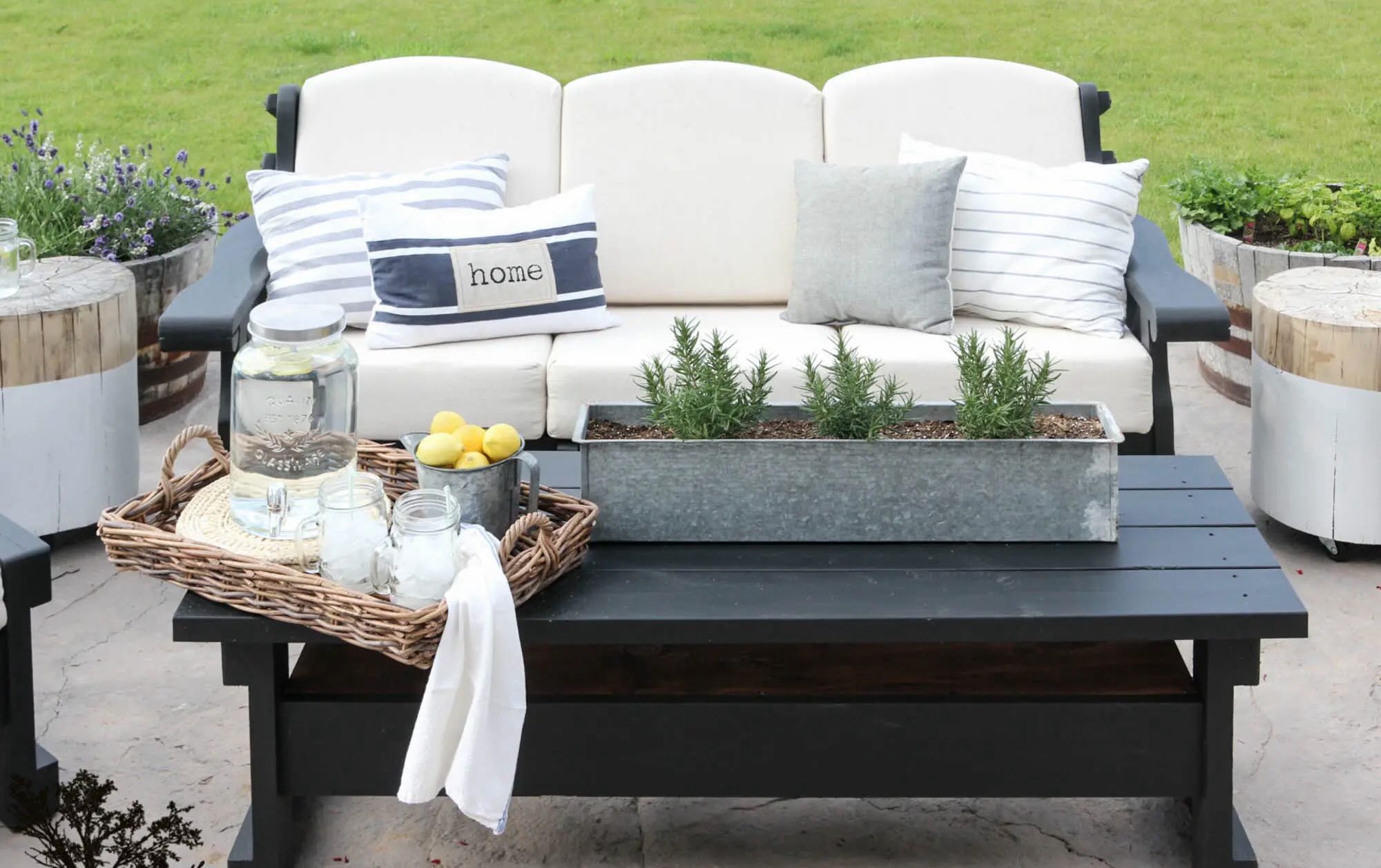
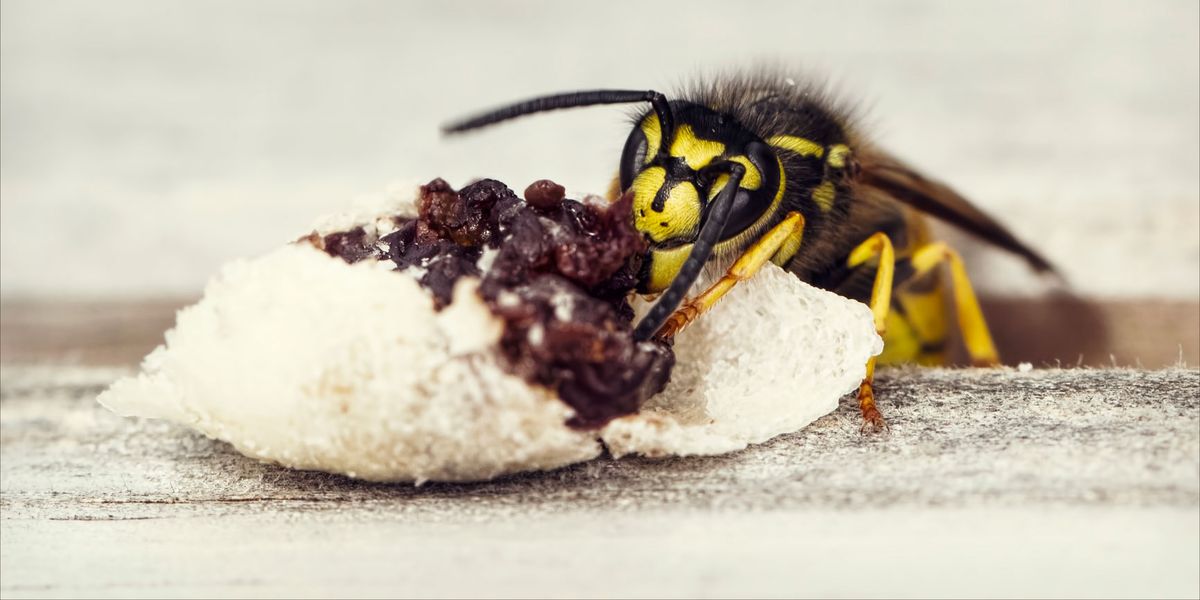
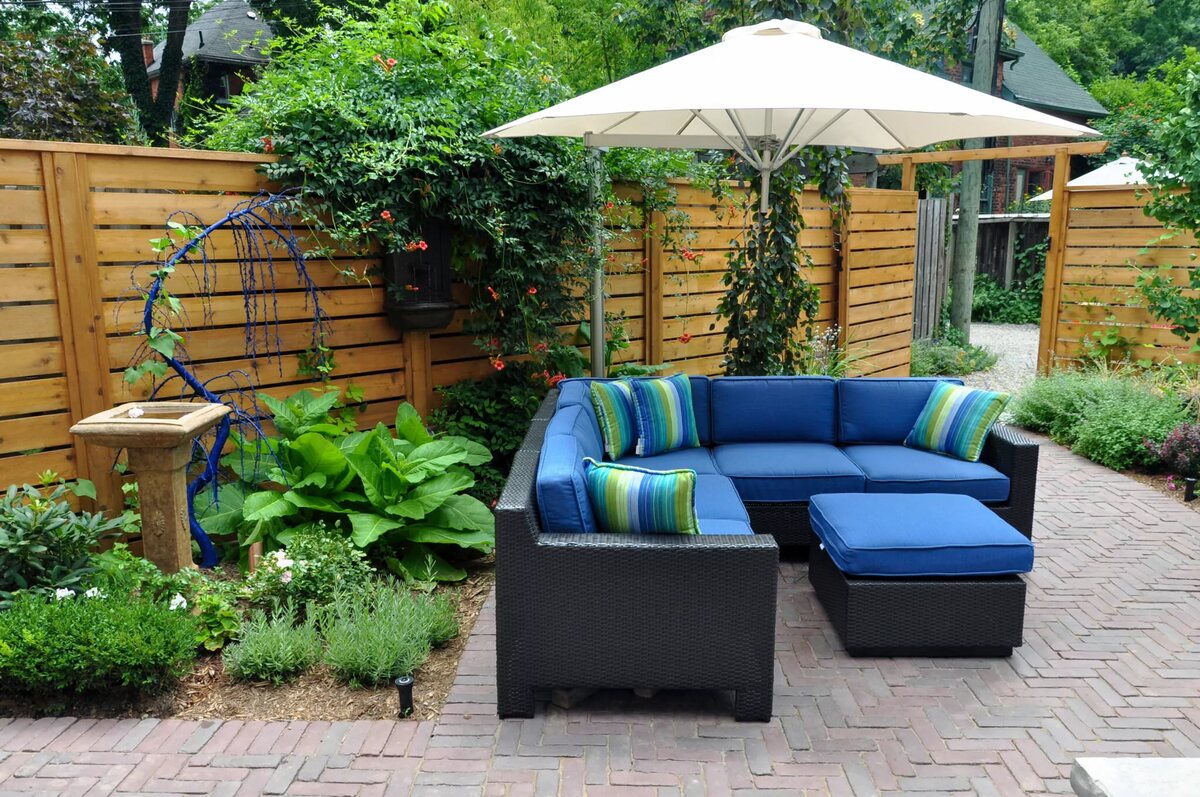
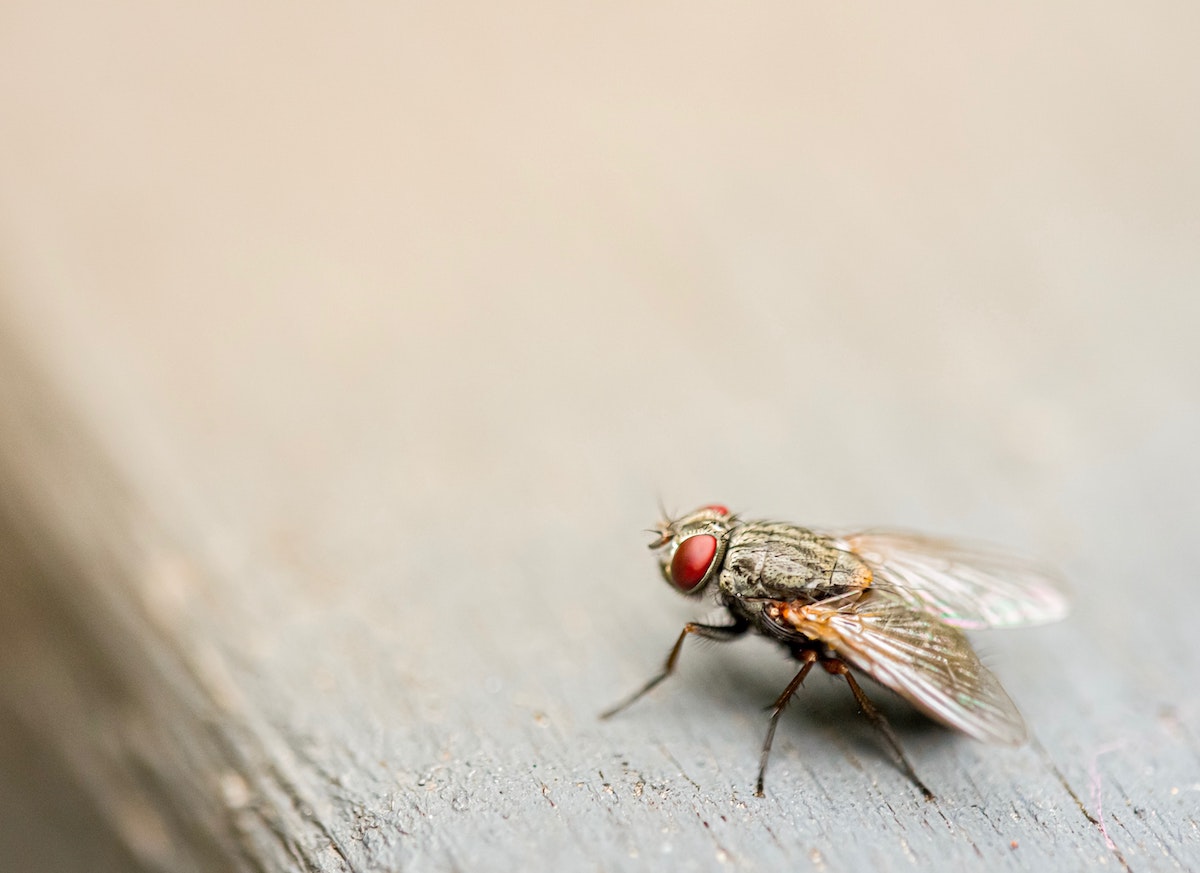

0 thoughts on “How To Keep Birds Away From Chimney”